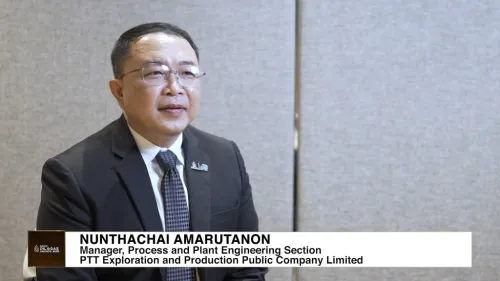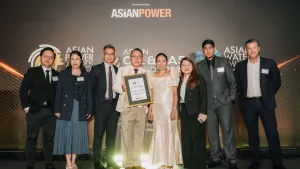
Pricing update: Polysilicon prices rebound
By Edward CahillPolysilicon prices in December reached a low just above $26/kg, resulting in extremely low module costs for manufacturers.
In the third quarter of 2011, when polysilicon prices were closer to $55/kg, tier one crystalline silicon (x-Si) module manufacturers such as Yingli and Trina quoted module costs of $1.02/W.
In the upcoming Q4 earnings reports, expect x-Si module costs to fall below $1/W due to free-falling polysilicon prices and lowering non-active materials costs from increased capacity, cheaper materials, and vertical integration.
This downward trend for polysilicon seems to have run its course. Current prices are around $29/kg and will continue to rise back to a sustainable level. Sustainable prices will likely hover between $35/kg and $40/kg.
Of course, in 2002, polysilicon prices fell to similar levels then rebounded to over $400/kg. However, with the amount of polysilicon capacity available, a repeat of history remains unlikely.
When polysilicon prices do rebound to $35/kg to $40/kg, costs will increase momentarily, but prices will remain stable. Based on Lux Research’s cost model, material costs would rise, cutting into margins, but efficiency gains, reduced kerf loss, and lower non-active material costs will counterbalance the higher polysilicon price.
As a result, module prices will hover between $0.90/W and $1.00/W over the next couple years.
Thin film companies have steadily lowered costs as processes improve and efficiencies increase, but the sudden drop in x-Si module prices have left them struggling.
The leveling off of x-Si module prices may give thin film companies like First Solar and Solar Frontier time to catch up, but they will need to shift their business strategies to do it.
Copper indium gallium diselenide (CIGS) companies have been replacing executives commonly of late, and are searching for new strategic investors to help them survive. Even First Solar, the cost-leading cadmium telluride (CdTe) thin film manufacturer, has shifted its focus to unsubsidized markets in an effort to go where x-Si players have not.
The thin film companies that survive the current market conditions will have technologies and processes that continue to cut costs, strategies that open up new markets, and enough capital to ride out the storm.




















 Advertise
Advertise







